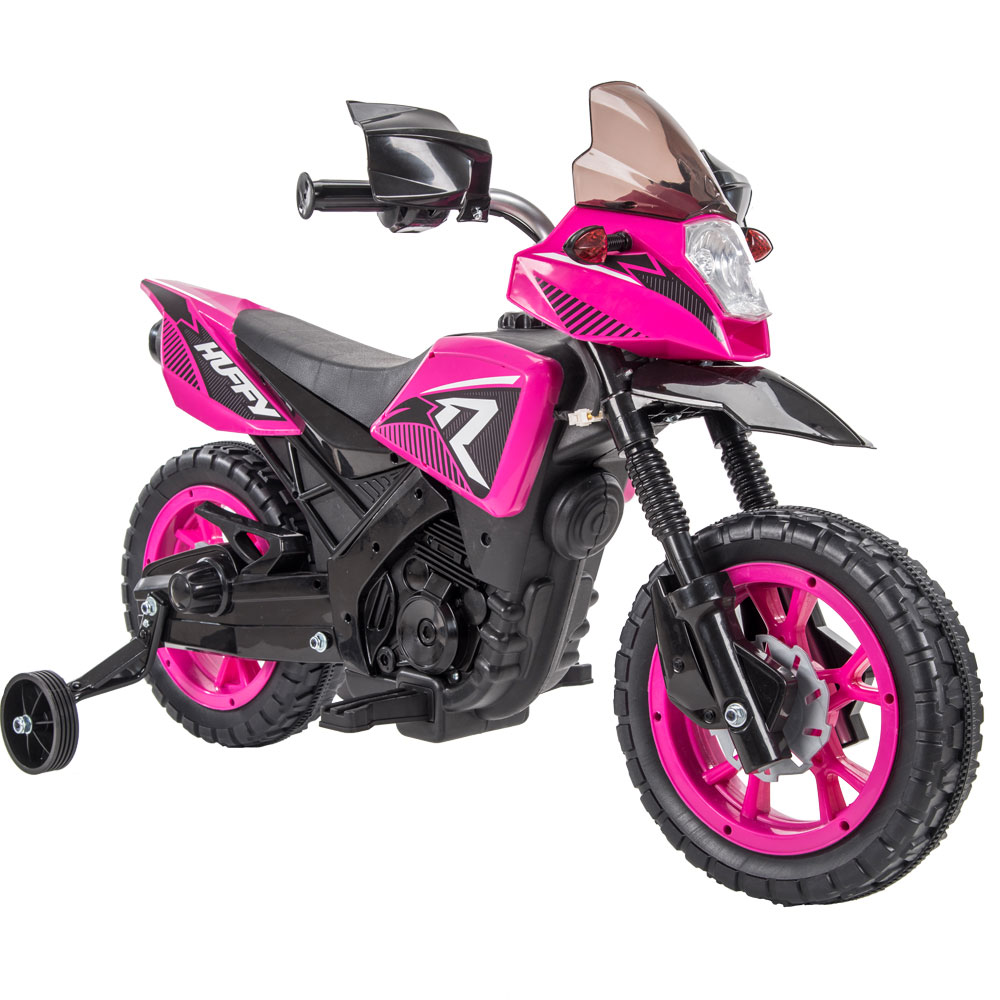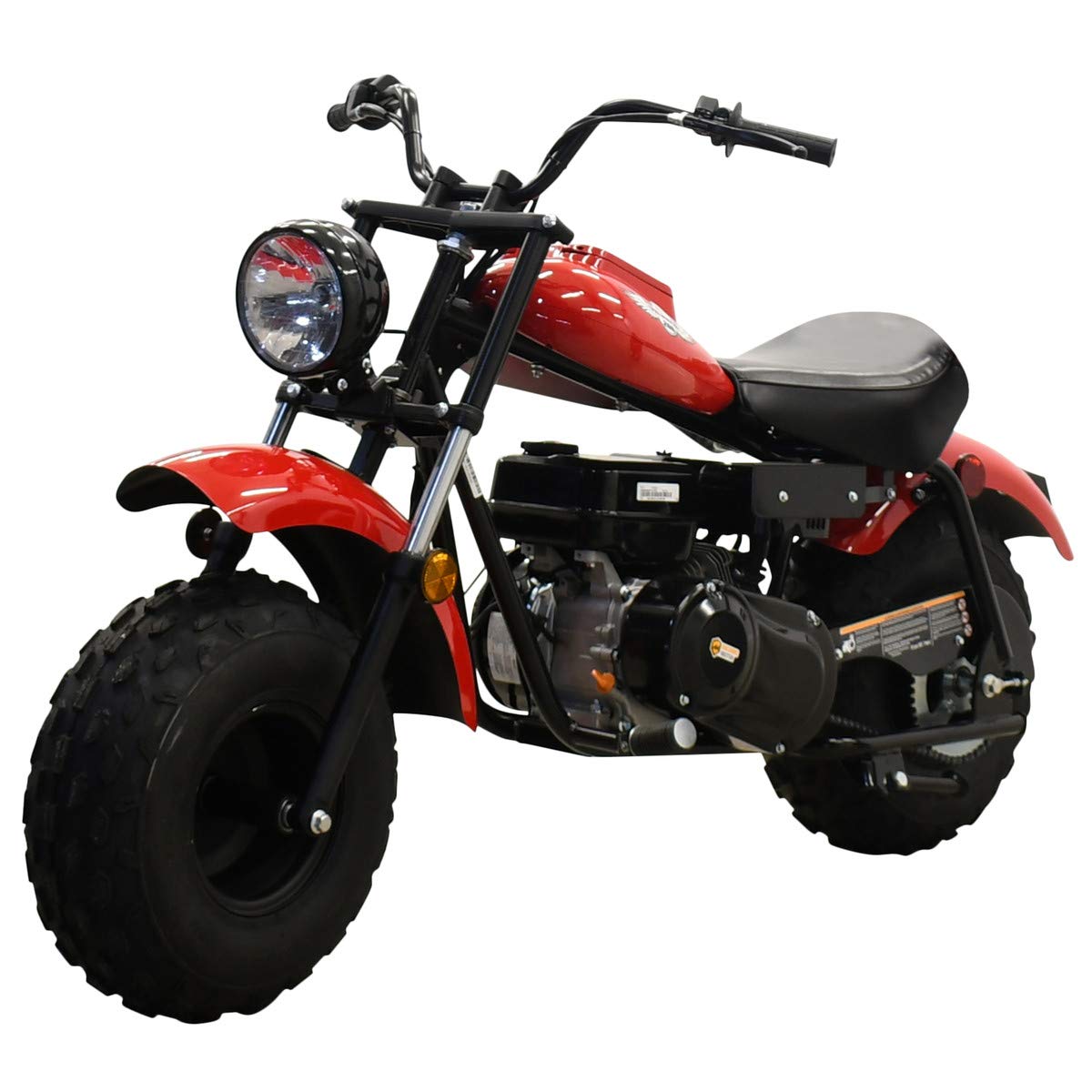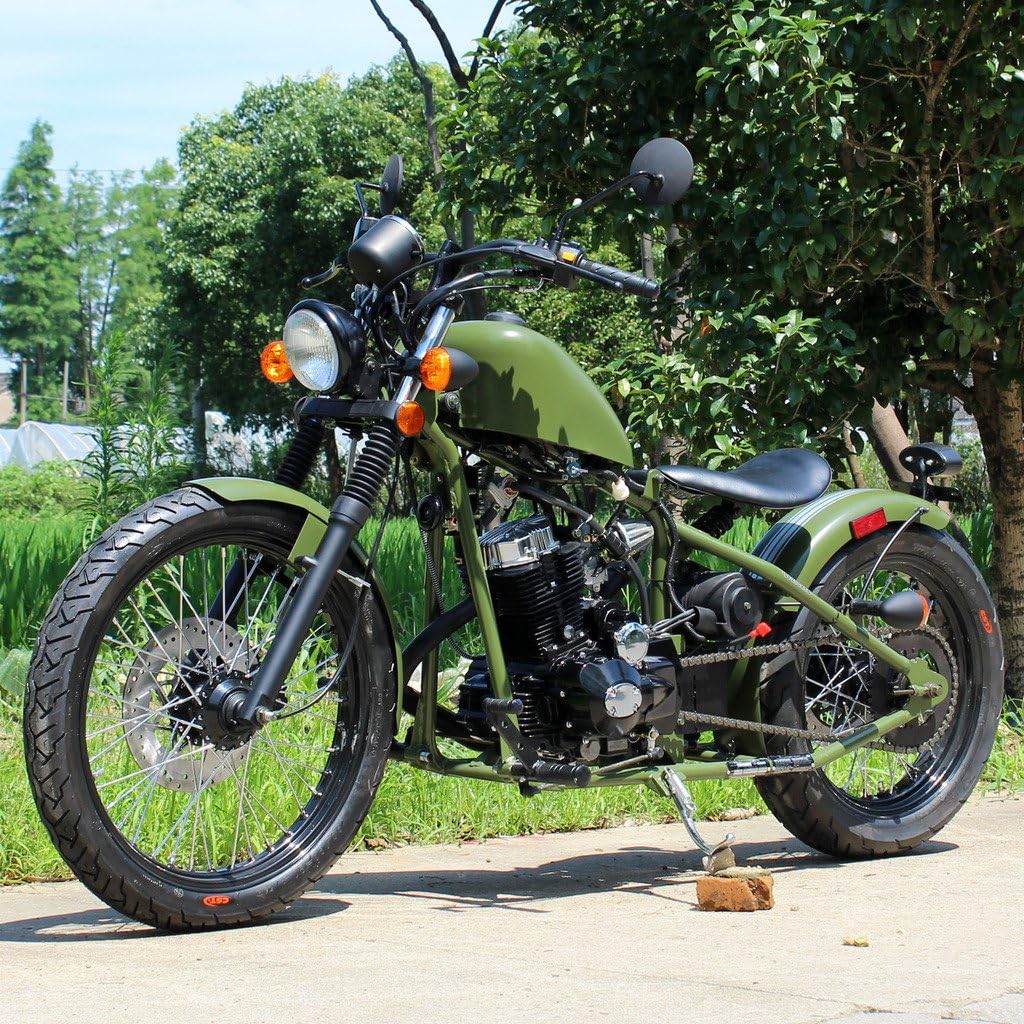Motorcycling is an activity that captivates the hearts of many. Riding a motorcycle offers a unique sense of freedom and adventure that can be exhilarating and empowering. However, before you can experience this thrill, you need to understand the basics of how to ride a motorcycle safely and confidently. This comprehensive guide will provide you with all the information you need to start your journey on two wheels.
Understanding the Basics
Overview of Motorcycles
Motorcycles come in various shapes and sizes. Understanding the basic types of motorcycles—such as cruisers, sport bikes, touring bikes, and dirt bikes—can help you choose the right one for your riding style and preferences.
- Cruisers: Known for their low seat height and relaxed riding position, cruisers are great for longer rides and urban commuting.
- Sport Bikes: These motorcycles are designed for speed and agility. They usually have a higher seat and leaned-forward riding position, making them better for shorter rides.
- Touring Bikes: As the name suggests, touring motorcycles are built for comfort on long journeys. Packed with features, they offer a more laid-back experience.
- Dirt Bikes: Designed for off-road riding, dirt bikes are lightweight and highly maneuverable.
Components of a Motorcycle
Before embarking on your riding journey, familiarize yourself with the parts of a motorcycle:
- Throttle: Controls the engine’s power and speed.
- Brakes: Both front and rear brakes are crucial for stopping safely.
- Clutch: Engages and disengages the engine from the wheels.
- Gear Shift: Used to change gears, which affect speed and power.
- Handlebars: Help maneuver the bike.
- Footpegs: Provide a place for the rider’s feet when not using the brakes or gear shift.
Understanding these components will help you operate your motorcycle much more effectively.
Preparing to Ride
Getting the Right Gear
Safety should always be your top priority. Before you ride, invest in quality protective gear:
- Helmet: A high-quality, DOT-approved helmet is critical. It should fit snugly and be comfortable.
- Jacket: A motorcycle jacket made of leather or textile with CE-rated armor on shoulders and elbows will provide protection.
- Gloves: Gloves not only enhance grip but also protect your hands in case of a fall.
- Pants: Look for specially designed motorcycle pants or jeans that offer abrasion resistance.
- Boots: Sturdy boots that cover your ankles will provide essential protection.
Pre-Ride Inspections
Before every ride, conduct a pre-ride inspection. This process helps you catch any mechanical issues before hitting the road.
- Tires: Check the inflation and tread depth. Properly inflated tires contribute to better handling and fuel efficiency.
- Brakes: Ensure both front and rear brakes function correctly.
- Lights and Indicators: Confirm that all lights, including turn signals and brake lights, are operational.
- Oil and Fluids: Check oil levels as well as other fluids like coolant and brake fluid.
- Chain/Belt: If your motorcycle has a chain, ensure it is lubricated and adjusted properly.
Understanding Your Motorcycle
Every motorcycle rides differently. Spend some time familiarizing yourself with your specific motorcycle. Practice starting, stopping, turning, and using the gears in a safe area until you feel comfortable.
Learning to Ride
Starting the Motorcycle
- Mount the Bike: Swing your leg over the seat while keeping your weight centered.
- Adjust Controls: Ensure your controls (throttle, brakes, and clutch) are within easy reach.
- Turn On the Ignition: Locate the key or ignition switch and start the motorcycle.
- Engage the Clutch: Pull in the clutch lever to engage the clutch.
- Shift Into First Gear: Use the gear shifter, typically located on the left side, to shift into first gear.
- Release the Clutch: Slowly release the clutch while gradually twisting the throttle to find the “friction zone,” where the bike starts to move.
Riding Techniques
Smooth Throttle Control
Applying the throttle smoothly is one of the key aspects of riding. Abrupt acceleration can lead to loss of control, so practice applying the throttle gradually.
Braking Safely
Braking is just as crucial as accelerating. Use both the front and rear brakes, applying them gradually to come to a safe stop. Avoid hard braking, especially in turns, as this can lead to skidding.
Proper Gear Shifting
As you gain speed, you will need to shift gears. Here’s a simple process:
- Pull in the Clutch: Always pull the clutch lever before shifting.
- Shift Up/Down: Use your foot to shift up or down, depending on your speed.
- Release the Clutch: Gradually release the clutch while adding throttle.
Practice makes perfect. The more you ride, the more comfortable you will become with shifting gears smoothly.
Maneuvering Your Motorcycle
Turning
Turn with your whole body, not just your arms. Lean into the turn while maintaining a smooth throttle. Here is a basic guide to turning:
- Look Before You Turn: Always look in the direction you want to go.
- Lean into the Turn: Lean your body towards the inside of the turn.
- Control Throttle and Brake: Use the throttle to maintain speed through the turn.
Cornering Techniques
Cornering requires more skill than simply turning. Practice these techniques:
- Approaching the Corner: Slow down before entering the corner. Position your body to look through the curve.
- Apex: This is the point where the bike is closest to the inside of the turn. Aim to reach this point on the corner.
- Exit: As you come out of the turn, accelerate smoothly to regain speed.
Riding in Various Conditions
Rain
Riding in the rain can be more challenging. Slow down, increase your following distance, and avoid sudden movements.
Night Riding
Visibility decreases at night. Ensure your lights work and wear reflective gear. Keep a safe following distance, as stopping distances will increase.
Advanced Techniques
Emergency Stopping
Knowing how to stop swiftly in an emergency can save lives. Here’s how to execute an emergency stop:
- Squeeze the Front Brake: Apply the front brake firmly.
- Apply the Rear Brake: Use the rear brake gradually to assist in stopping.
- Look Where You Want to Go: Do not fixate on the obstacle; keep your eyes on your exit.
Advanced Cornering
As you become more confident in your riding abilities, start practicing advanced cornering techniques, like trail braking (braking into and through the corner) to improve stability.
 Maintenance and Care
Maintenance and Care
Regular maintenance will keep your motorcycle running smoothly. Here’s a brief overview of basic maintenance tasks:
- Oil Change: Change your oil every 3,000-5,000 miles, depending on your motorcycle’s requirements.
- Tire Care: Regularly check tire pressure and tread depth.
- Chain Maintenance: Lubricate and adjust the chain as needed.
- Battery Health: Check the battery regularly for corrosion and ensure it’s charged.
Engaging in these maintenance practices ensures a safe and enjoyable riding experience.
Staying Educated
Motorcycle Safety Courses
Consider enrolling in a motorcycle safety course. These courses teach advanced techniques and provide valuable knowledge to make you a better and safer rider.
Online Resources and Groups
Joining online forums or local riding clubs can provide further support and insight. Engaging with experienced riders can offer tips, tricks, and camaraderie that enrich your riding experience.
Conclusion
Learning how to ride a motorcycle can be an incredibly rewarding experience. It combines skill, understanding of your vehicle, and a keen awareness of your surroundings. Always prioritize safety through appropriate gear, proper technique, and vigilant maintenance. As you develop your riding skills, you will find riding to be an invigorating activity that can lead to lifelong enjoyment. Remember, the key to becoming a proficient motorcyclist lies in practice and a commitment to safety. Enjoy the ride!













